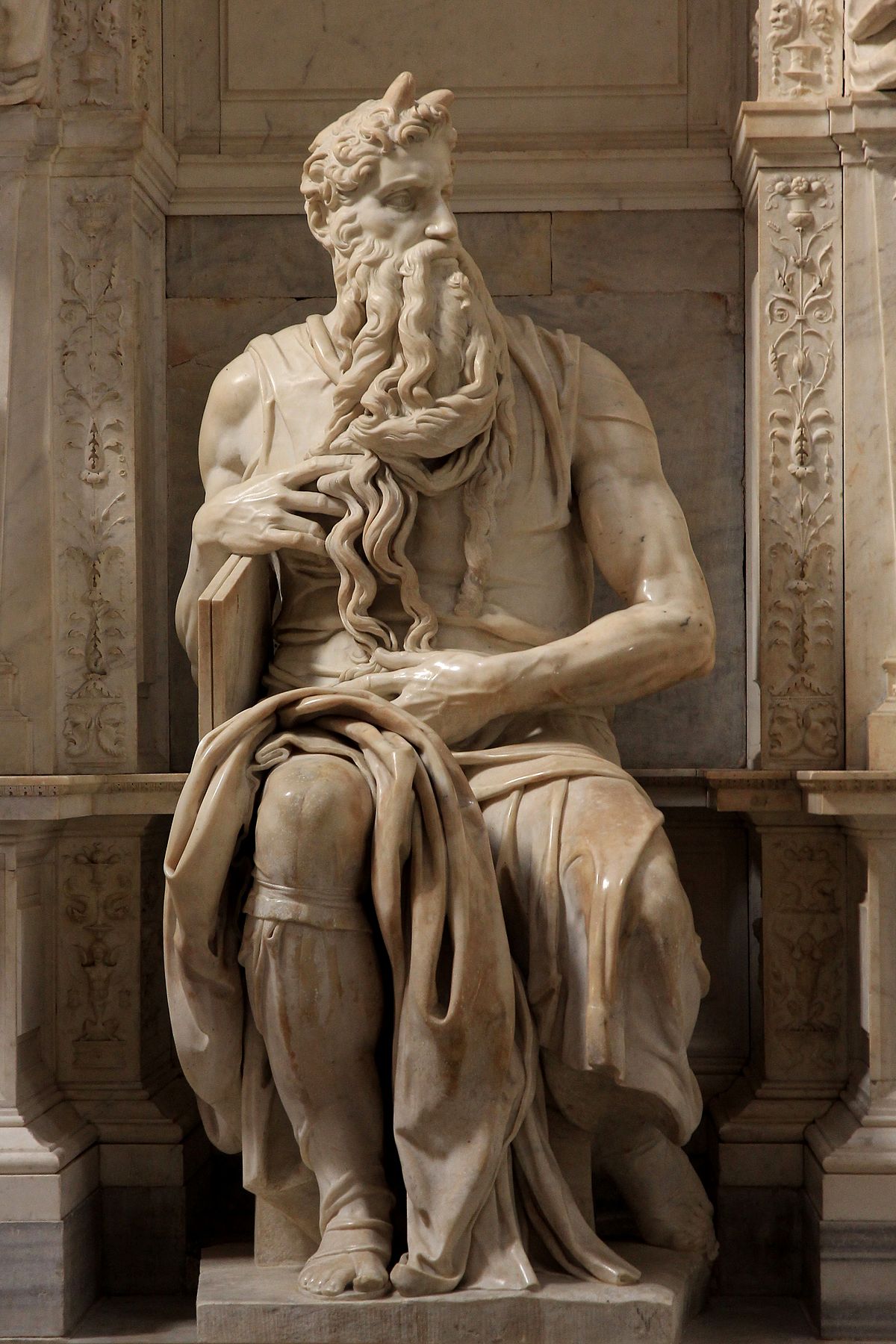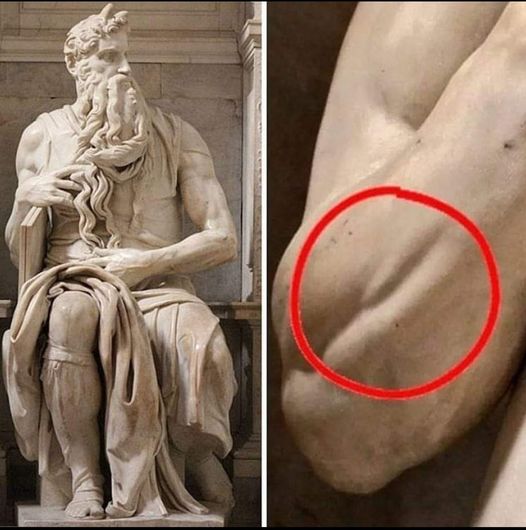In the annals of art history, few projects have captured the imagination of scholars and enthusiasts alike as the Tomb of Pope Julius II. Conceived as a monumental structure featuring 47 larger-than-life statues, this ambitious vision was plagued by numerous setbacks, ultimately leaving it unfinished and forever etched as a testament to the challenges of Renaissance artistry.
The Iconic Statue of Moses

Amidst the unfinished elements of the tomb, one sculpture stands out as a true masterpiece: the iconic statue of Moses. Michelangelo’s mastery of the human form is on full display in this powerful work, which conveys a palpable sense of tension and energy. The dynamic pose and expressive features of Moses captivate the viewer, showcasing Michelangelo’s exceptional skill in bringing marble to life.
Unfinished Struggles
Alongside the Moses statue, the unfinished sculptures known as the Slaves hold a profound significance. Originally intended to be part of the tomb, these pieces symbolize the struggles of the human condition, with their evocative forms continuing to inspire and move audiences today. Preserved in the Louvre Museum, the Slaves serve as a poignant reminder of the project’s incompletion and the challenges faced by its creators.
Michelangelo’s Artistic Focus
Michelangelo’s deep understanding of anatomy and his exceptional skill in rendering the human body are profoundly evident in the Moses statue. His attention to the power and drama of the human form reflects his artistic focus, which would go on to influence his subsequent works and solidify his legacy as a master sculptor.

Symbolic Choices
One notable feature of the Moses statue is the presence of horns on his head, which resulted from a mistranslation of the Hebrew word for “radiant.” Michelangelo’s inclusion of this detail highlights his engagement with historical and biblical symbolism, adding layers of meaning to his work and demonstrating his creative interpretation of the subject matter.
Michelangelo’s work on the tomb was interrupted when he was commissioned to paint the Sistine Chapel ceiling. Despite this shift, his exploration of the human form continued to evolve, showcasing his versatility and the breadth of his artistic talents.
A Tragic Masterpiece
The Tomb of Pope Julius II is often seen as a tragic masterpiece, symbolizing both the ambition and the ultimate limitations faced by its creators. The incomplete state of the project does not diminish its significance; rather, it underscores the immense challenges of Renaissance artistry and the resilience required to pursue such grand visions.

Enduring Legacy
Despite its unfinished state, the tomb remains a testament to the vision and legacy of Pope Julius II and Michelangelo’s artistic genius. The completed sculptures, especially the Moses statue, continue to captivate and inspire, while the unfinished elements remind us of the project’s ambitious scope and the timeless pursuit of beauty and perfection.

Conclusion
Michelangelo’s unfinished tomb for Pope Julius II stands as a profound illustration of both the grandeur and challenges of Renaissance artistry. The completed sculptures, like the Moses statue, highlight his mastery, while the unfinished elements, such as the Slaves, remind us of the project’s ambitious scope and ultimate incompletion. This tragic masterpiece continues to captivate and inspire, offering a poignant reflection on the nature of artistic endeavor and the timeless pursuit of beauty and perfection.
